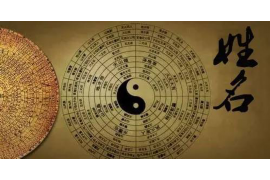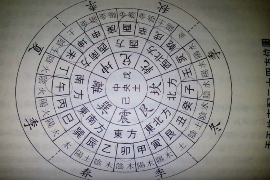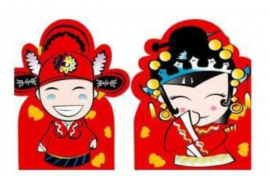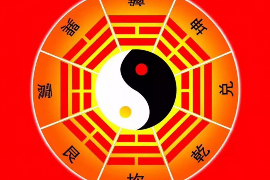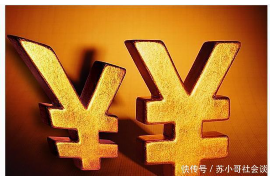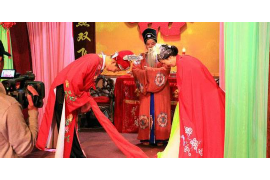An Introduction to Chinese Traditional Culture
中国传统文化英文短篇
In the vast and diverse land of China, a rich and profound cultural heritage has been nurtured and passed down through generations. Chinese traditional culture encompasses a wide range of practices, beliefs, and values that have shaped the way of life for countless people. This article will briefly introduce some key elements of Chinese traditional culture.
Firstly, Chinese art and philosophy are integral parts of the cultural heritage. Chinese art is renowned for its unique style and profound meaning. From calligraphy to painting, Chinese art reflects the beauty and harmony found in nature. Calligraphy, in particular, is a highly esteemed art form that embodies the essence of Chinese writing. Traditional Chinese painting, on the other hand, often depicts natural landscapes and figures with a focus on line and color, reflecting the harmony between humans and nature.
Chinese philosophy is deeply rooted in the teachings of ancient sages and thinkers. The core of Chinese philosophy is the concept of harmony, which emphasizes the balance between human beings and the universe. This philosophy has influenced various aspects of Chinese life, including social norms, ethics, and even daily behavior.
Secondly, traditional Chinese festivals and customs are an important part of Chinese culture. Chinese festivals are diverse and rich in meaning, reflecting the cultural values and beliefs of the Chinese people. For example, the Spring Festival, which falls on the first day of the lunar new year, is a time for family reunions and celebration. During this festival, people usually prepare reunion dinners, set off firecrackers, and give red packets as gifts to each other. Other important festivals include the Mid-Autumn Festival, Dragon Boat Festival, Double Ninth Festival, etc., each with its unique customs and traditions.
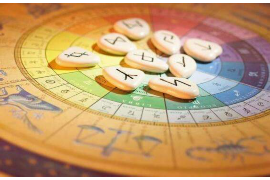
Furthermore, traditional Chinese medicine is another crucial aspect of Chinese culture. Traditional Chinese medicine is based on a comprehensive understanding of the human body and its relationship with the environment. It emphasizes the balance of the body's yin and yang and uses various treatment methods such as herbal medicine, massage, and acupuncture to restore this balance. Traditional Chinese medicine has a long history and has been widely used in China for centuries.
Lastly, Chinese food culture is an indispensable part of Chinese traditional culture. Chinese cuisine is famous for its diversity and complexity. It reflects the unique cooking techniques and tastes of different regions in China. From spicy Sichuan cuisine to sweet Cantonese cuisine, each region has its own distinctive flavor. Chinese food culture not only satisfies people's taste buds but also emphasizes the importance of family and community in daily life.
In conclusion, Chinese traditional culture is a rich and diverse cultural heritage that has shaped the way of life for countless people. It encompasses various aspects such as art and philosophy, festivals and customs, traditional medicine, and food culture. These elements have contributed to the unique identity of Chinese culture and made it a fascinating cultural phenomenon that attracts people from all over the world. As China continues to develop and modernize, it is important to preserve and pass down this rich cultural heritage for future generations to enjoy.
郑重声明:本网站的主要内容来自于中国传统文化思想及东西方的民俗文化,并非严谨的科学研究成果。仅供娱乐参考,请勿盲目迷信。

